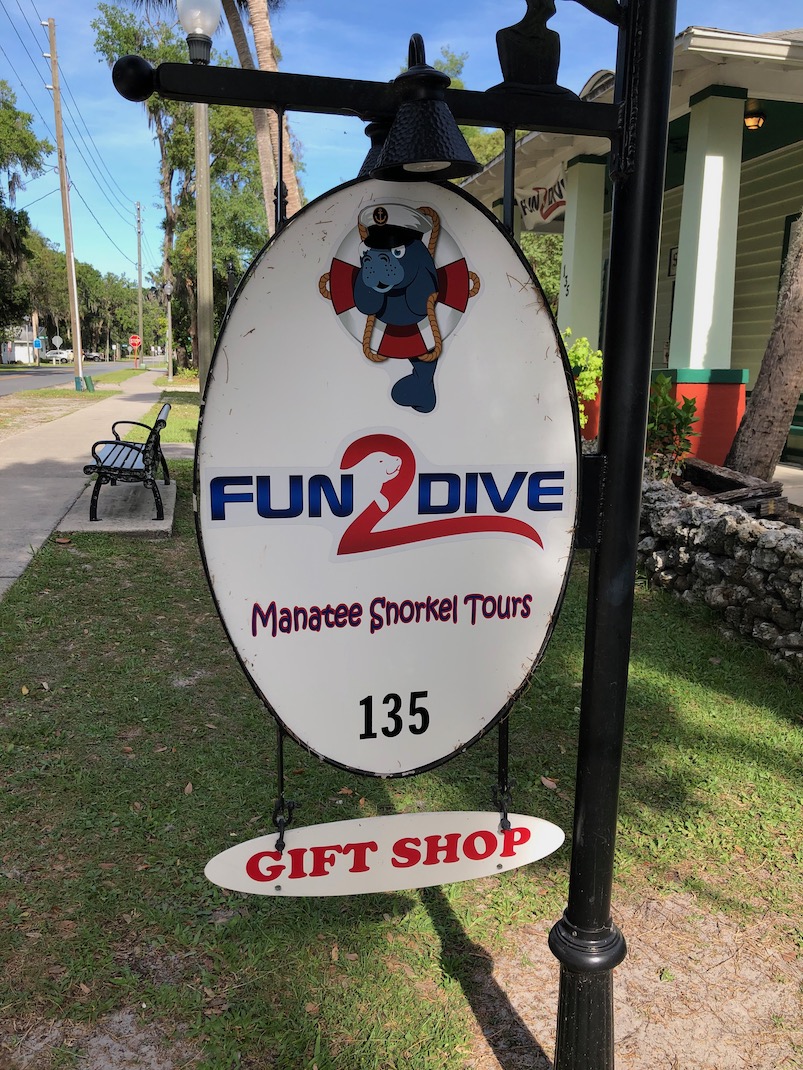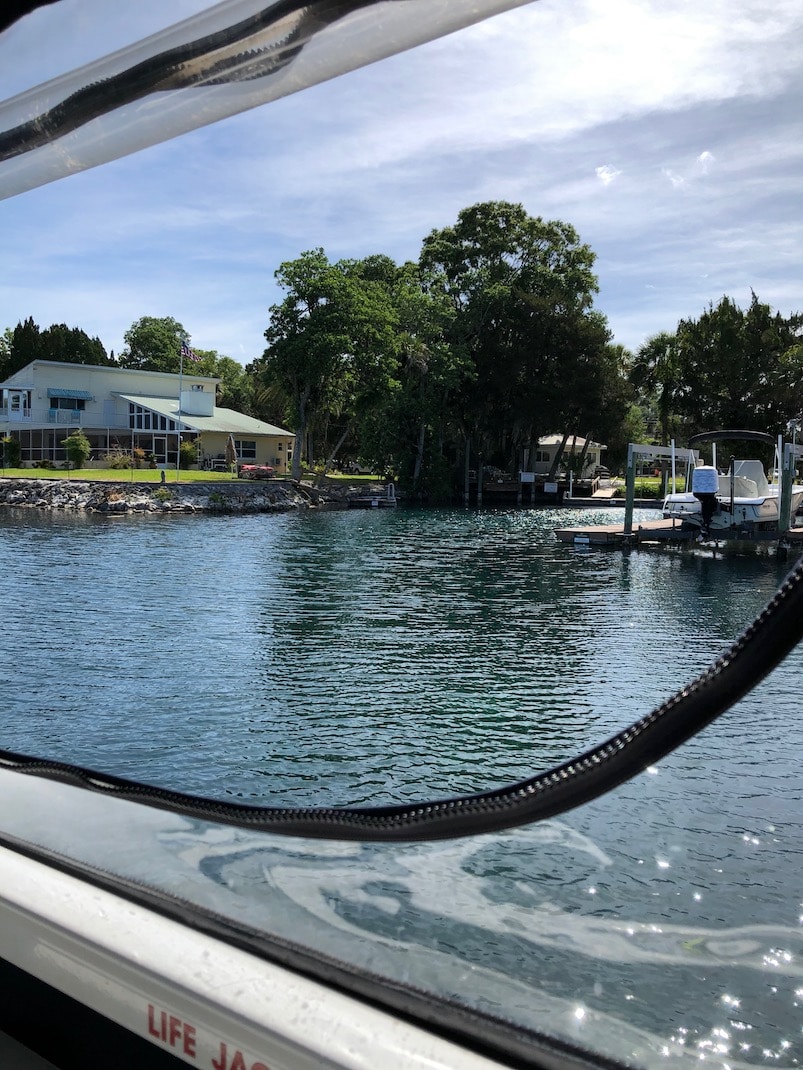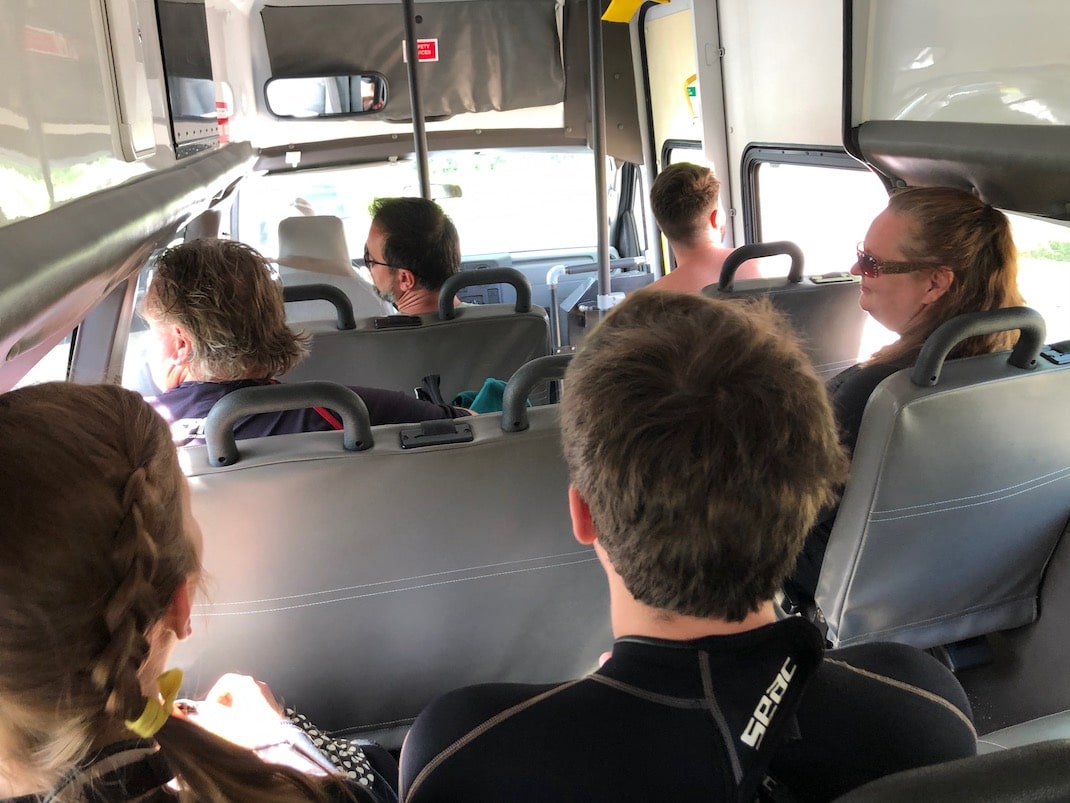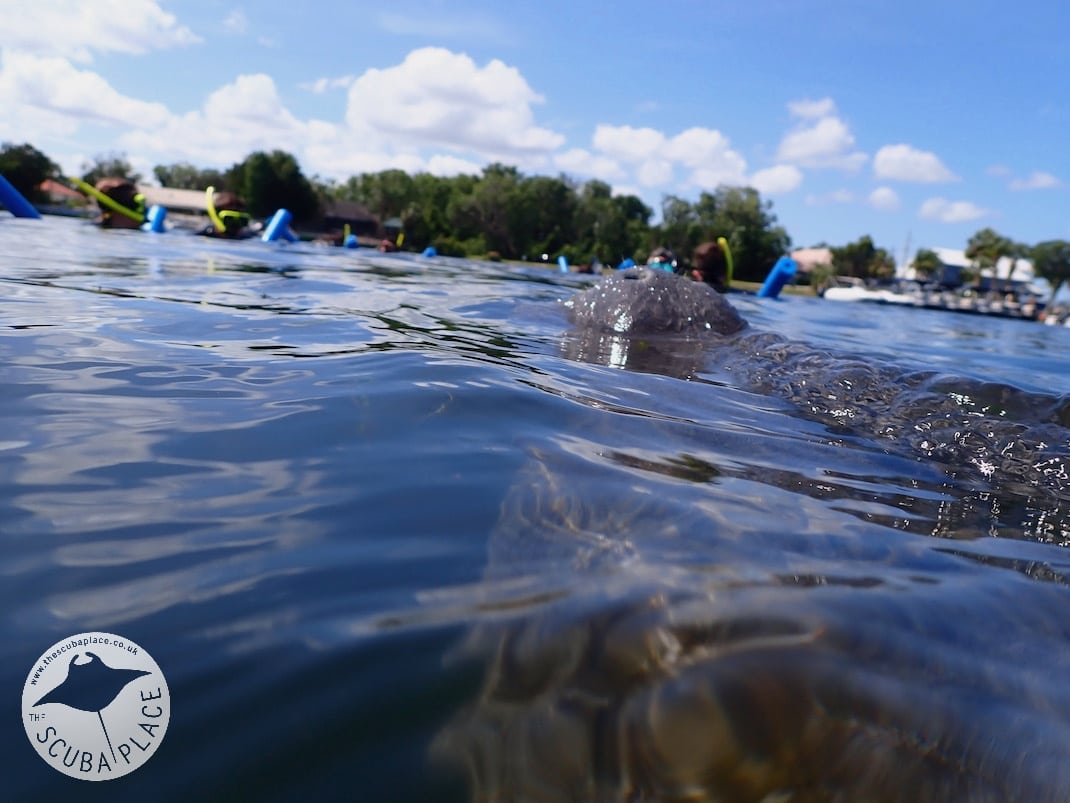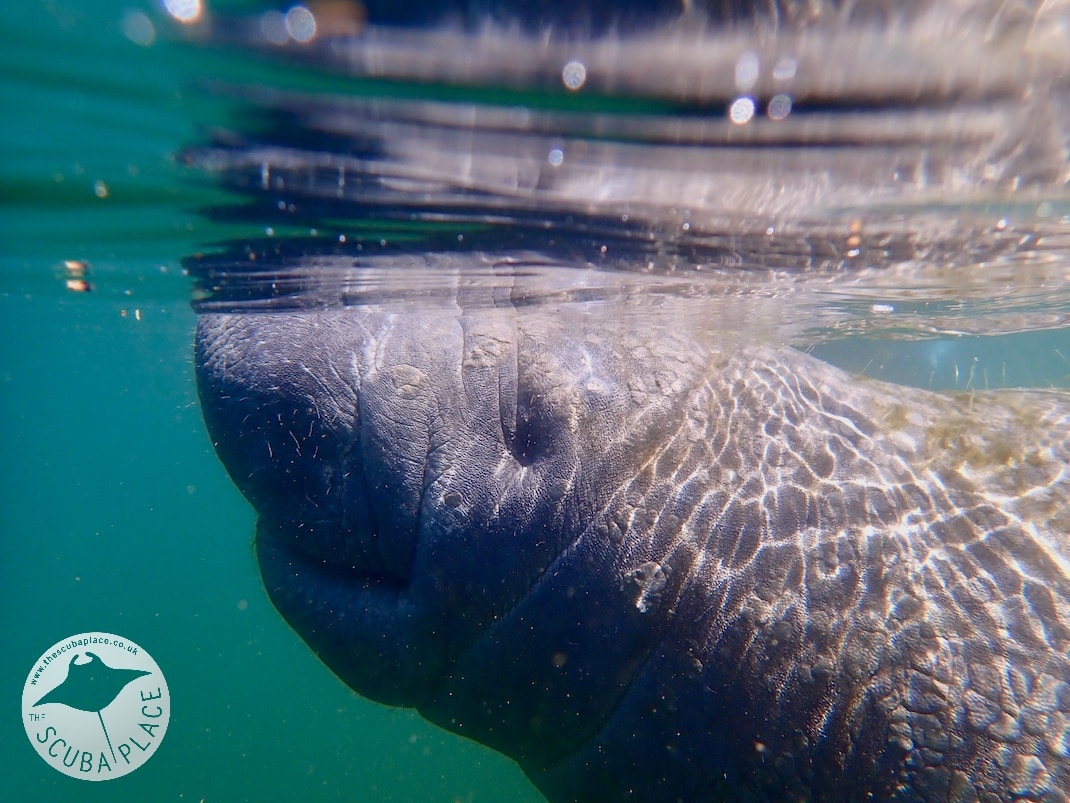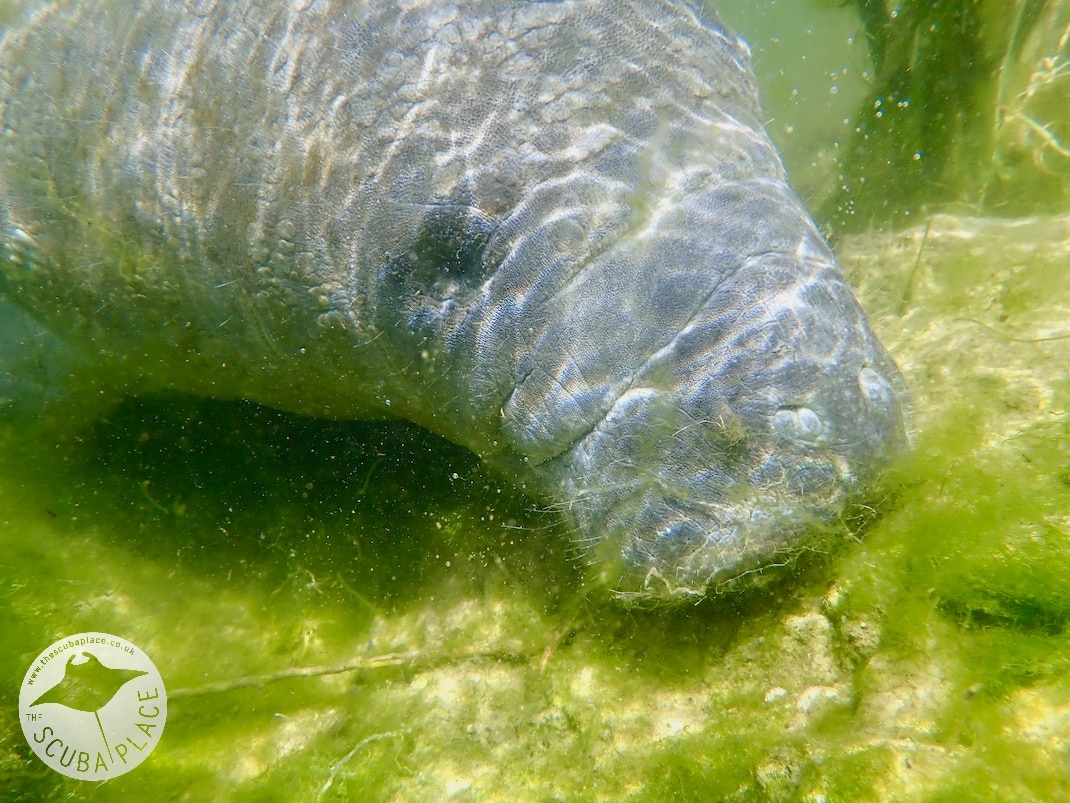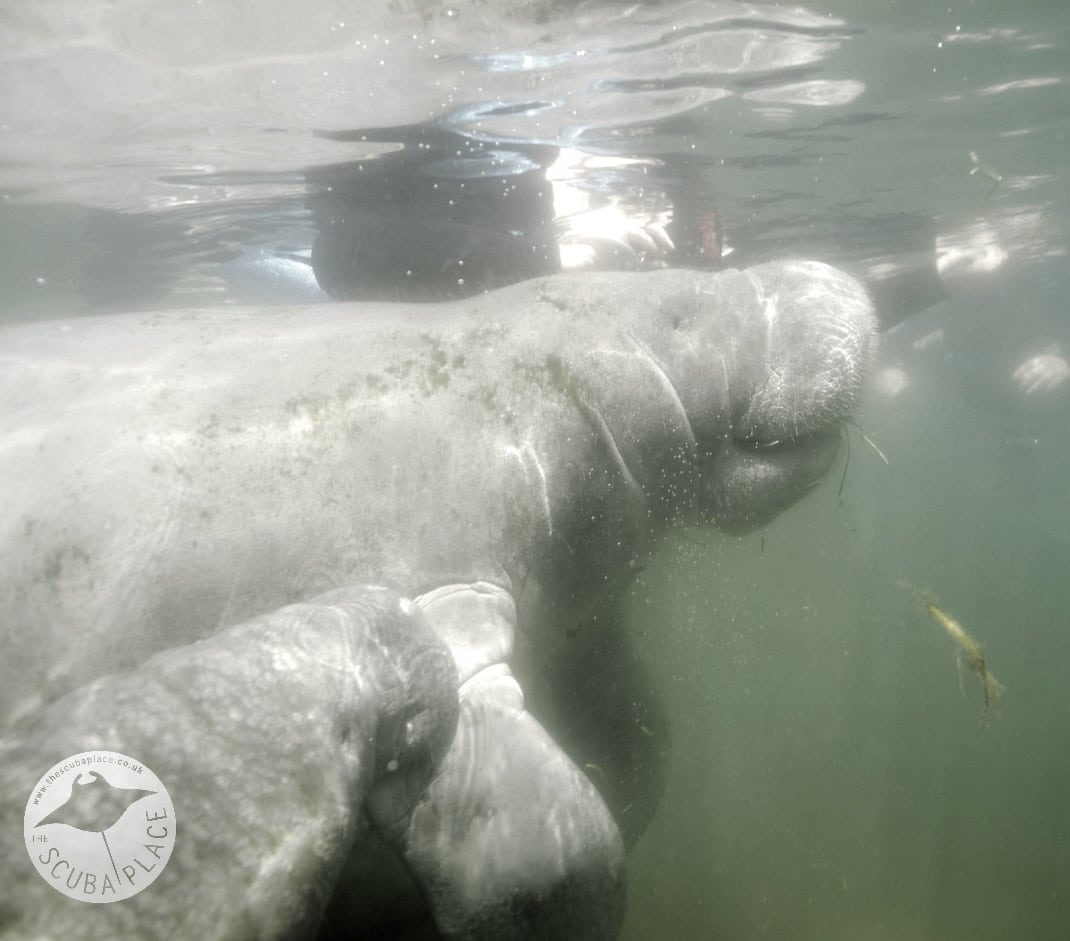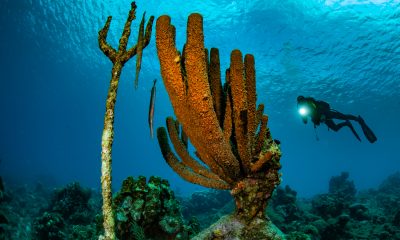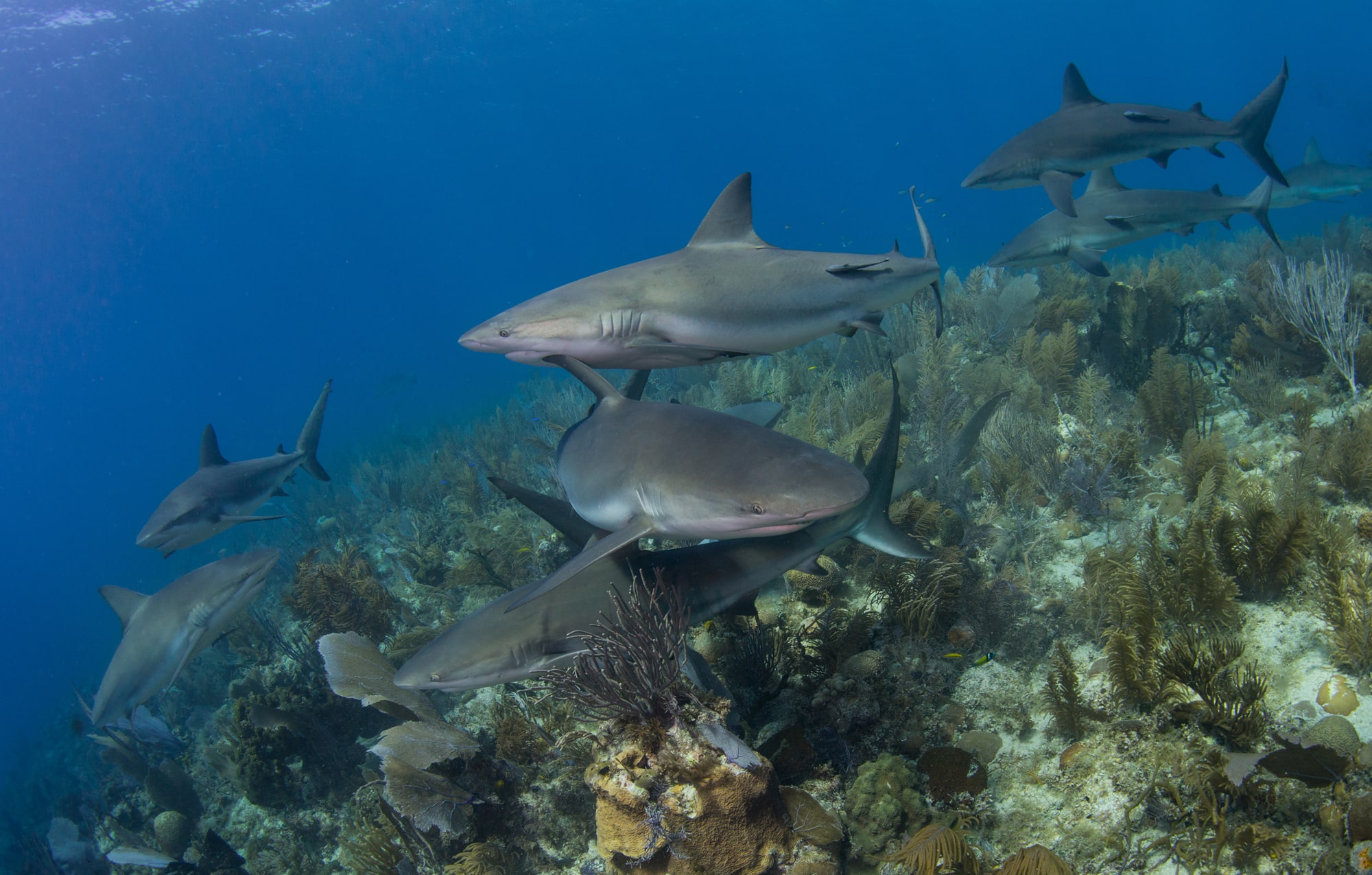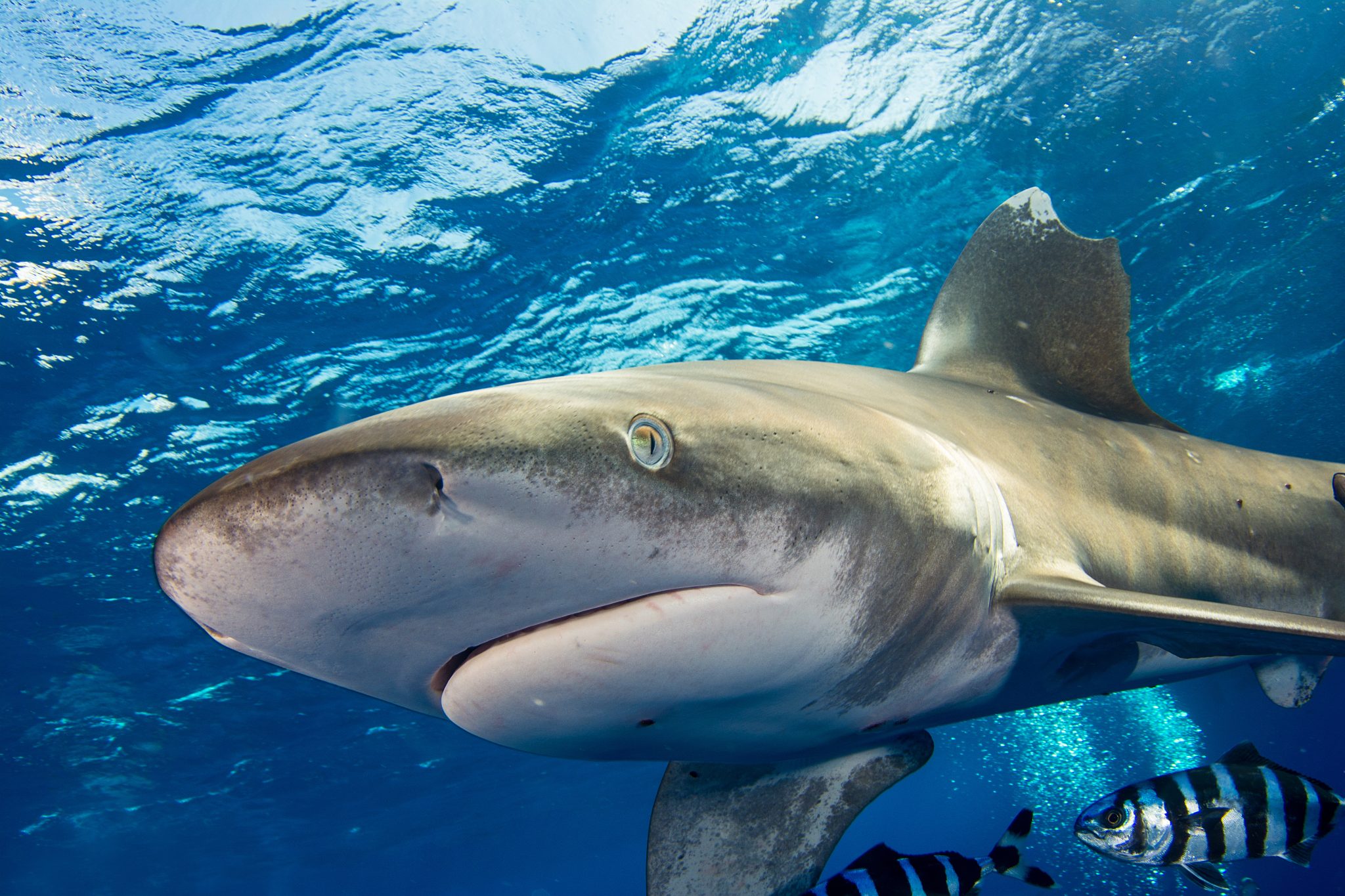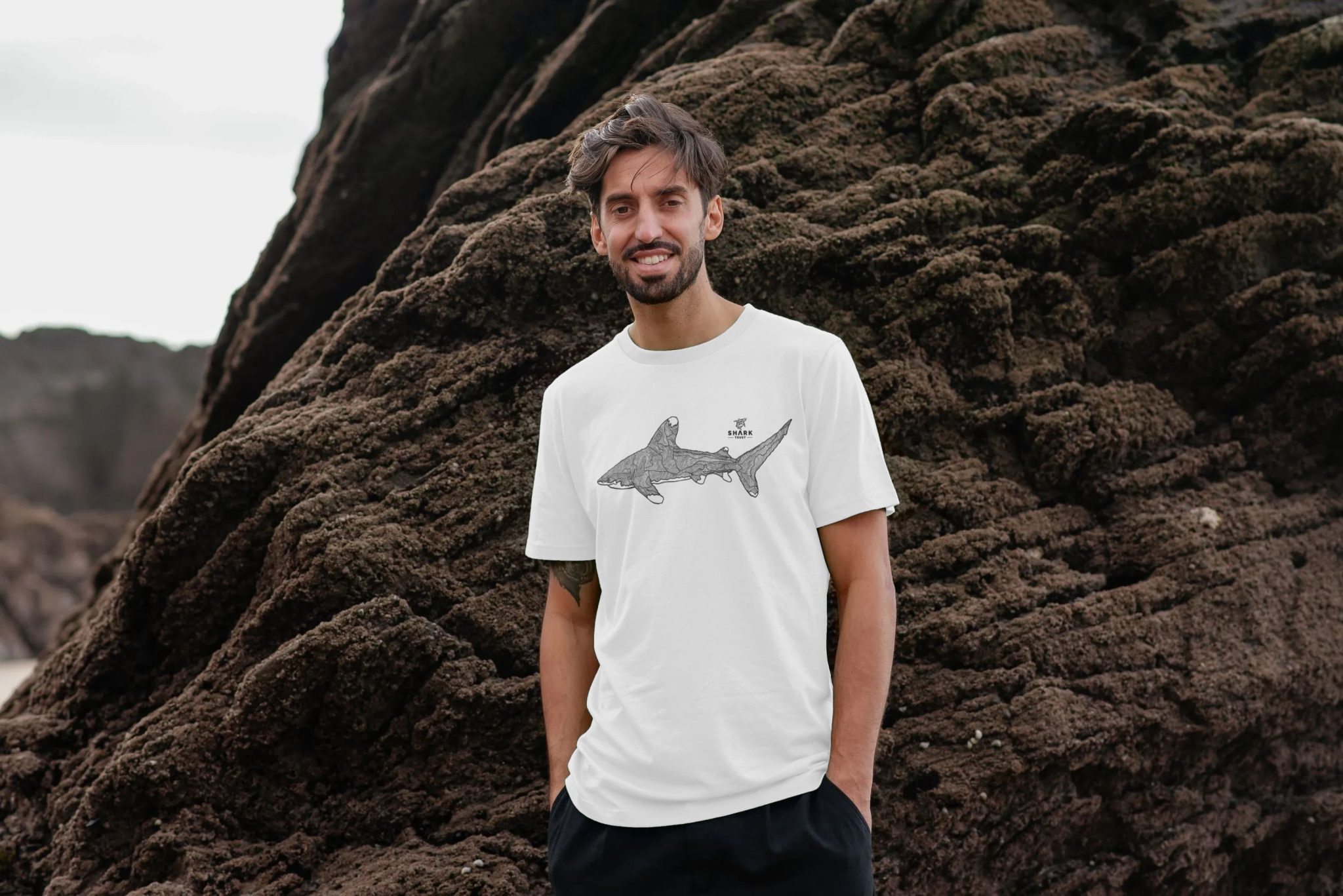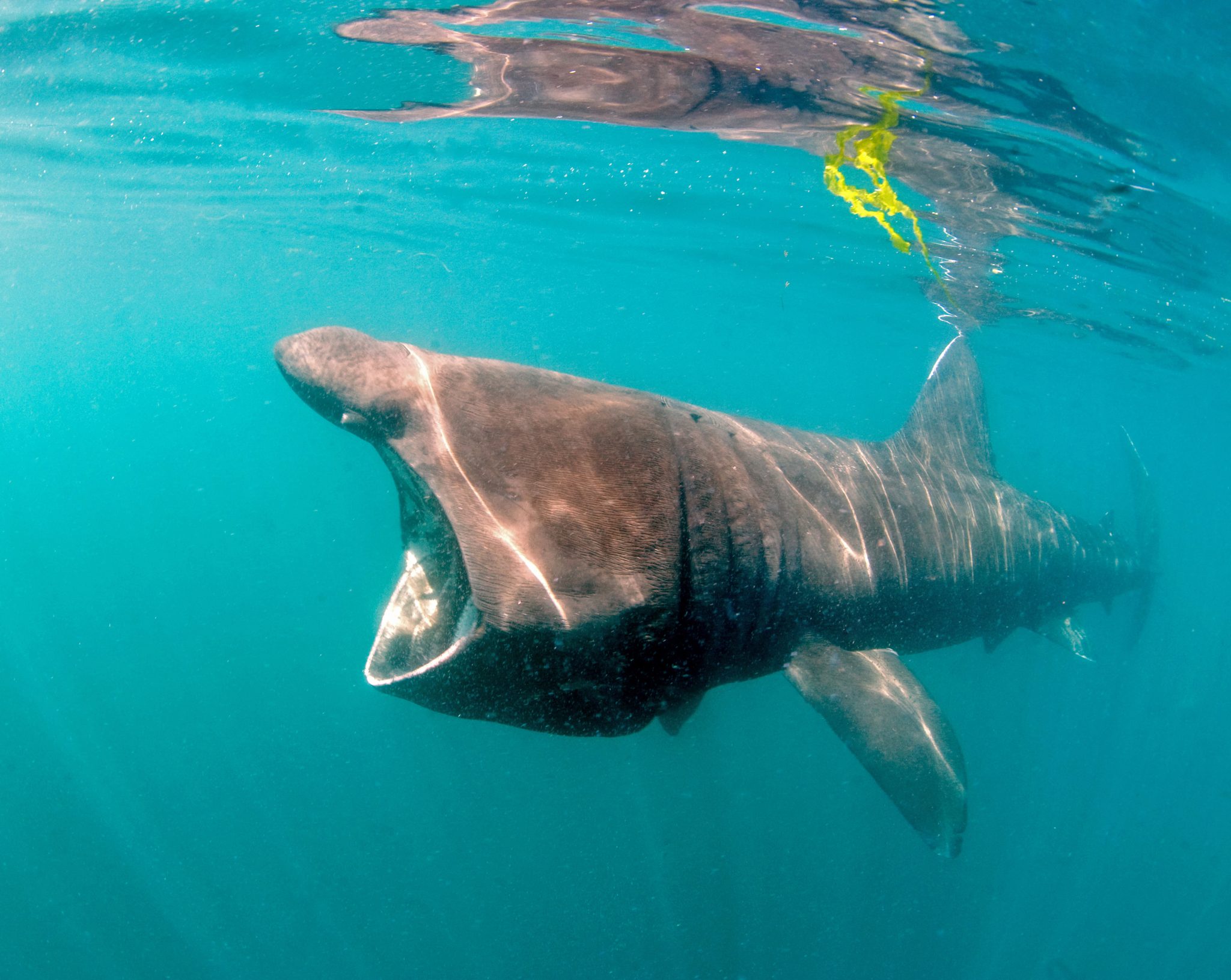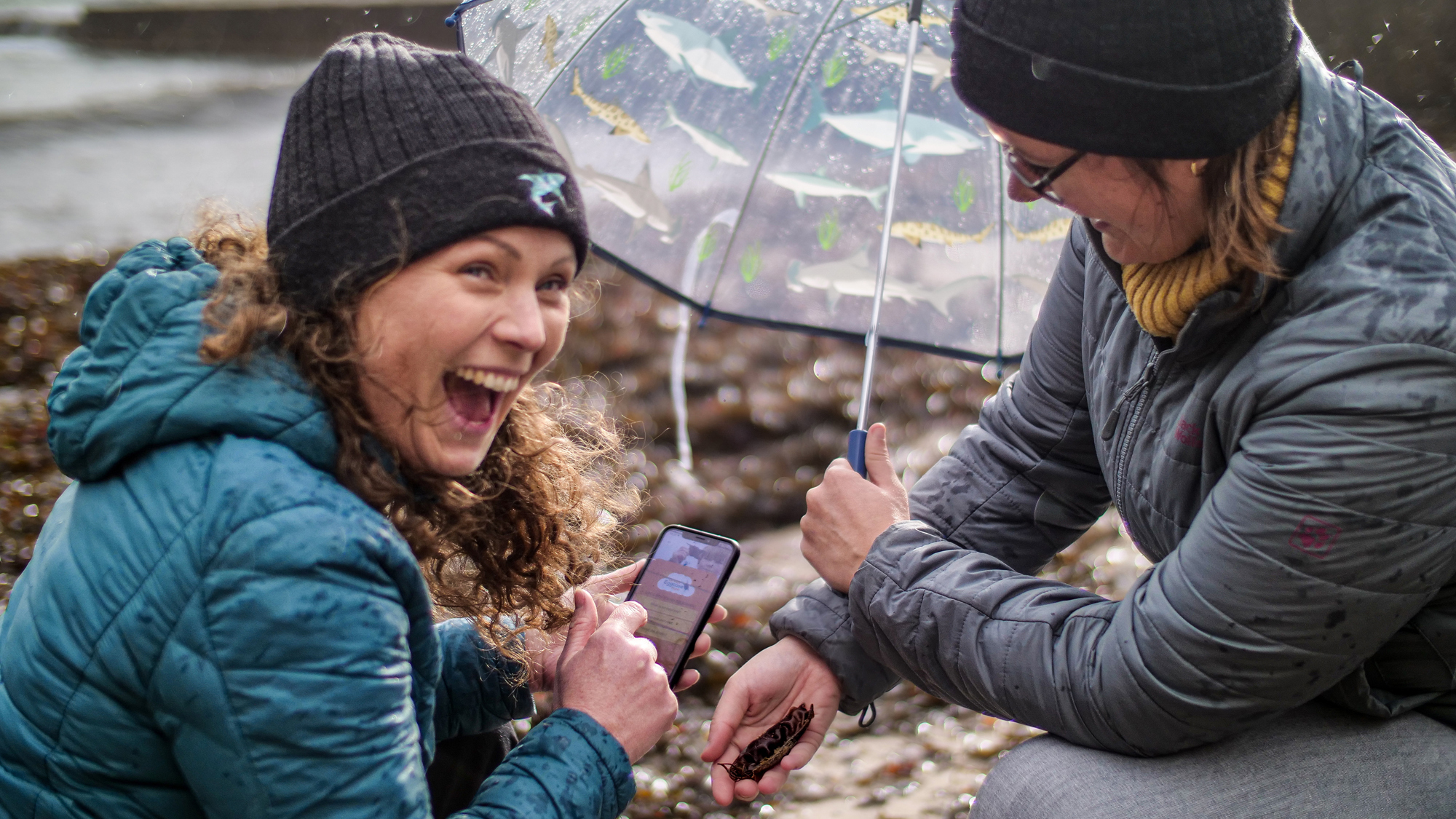Marine Life & Conservation
Manatee Madness
During a visit to Florida, Mona and John from The Scuba Place swam with manatees and learned some very interesting facts.
John and I made a trip to the USA this Spring and had the opportunity to check out all that Florida has to offer travelling divers. We had seen manatees in various Florida marinas over the years but had never had the opportunity to swim with them so our first stop after visiting family was to Crystal River, just a little over an hour north of Tampa International Airport. Crystal River is one of the few places you can legally swim with manatees in their natural habitat. We booked a 3 hour swim with Fun 2 Dive with a 10:00 am departure. Fun 2 Dive asked us to arrive 15 minutes early to check in and participate in a short educational briefing. We arrived with our camera gear in tow and the staff asked to view a video from the U.S. Fish and Wildlife Service titled “Crystal River Refuge’s ‘Manatee Manners’ for Photographers and Videographers”.
Between November and April every year this area is home to the largest aggregation of manatees in a natural environment. We were there mid-May but were confident we would have an amazing experience! And did we ever! Our guide for the day Dani, is a self-proclaimed manatee nerd! She has had a passion for manatees since the age of 13 and loves what she does! Our group of 10 loaded up on the Fun 2 Dive bus and took the short 5-minute trip to the marina. We boarded the pontoon and motored out into the nearby inlet. There were a few other boats in the area and as one boat was moving off, they let us know that there were three manatees in the area. Armed with our pool noodles, snorkel gear and cameras, we carefully entered the water and were lucky enough to find a mother and baby!
We spent the next few hours with our faces in the water amazed by the encounter. These beautiful yet endangered animals are gentle giants found in inlets, marinas, and coastal shallows. Often bearing numerous scars from boat propellors, these sea-cows are super cute in an ugly way but so much fun to be in the water with! Don’t be fooled by their size and slowness – when they want to move, they can put on a real burst of speed! And while we could have spent all day with them, watching the baby nurse and then munch on some sea grass in just a few inches of water, our time came to an end, and we loaded back up on the boat.
We have to thank Dani for her enthusiasm and endless knowledge of manatees!
Here are 10 facts Chloe researched for us that we had to share:
- Manatees can hold their breath for up to 20 minutes!
Although manatees live in the water, they need to breathe air to survive. Common sense, right? Well, you’ll be surprised to know that manatees don’t use their mouth to breathe. By breathing through their nostrils, they can achieve a higher rate of exchange of air, exchanging about 90% of the air in their lungs, whereas humans only exchange about 10%. This enables a manatee to hold its breath for longer.
- The oldest manatee in the world died at age 69.
The average lifespan of a manatee is 40 years old. However, Snooty exceeded this! Snooty the manatee from Florida was born in captivity and raised in Bishop Museum of Science and Nature’s Parker Aquarium. Due to hand rearing, Snooty was never released to the wild. Snooty sadly died two days after his 69th birthday, which was actually down to human error. It is thought that Snooty could’ve reached 100 years old!
- Sea cow? More like Sea Elephant!
It is suggested that manatees have evolved from four-legged land mammals over millions of years.
The last ancestor they share with elephants lived about 60 million years ago.
- Man vs Food finds potential new host
An incredibly impressive fact is that a manatee eats around a tenth of its body weight in food each day! Let’s all appreciate that they can weigh up to 450kg and their diet is predominately made up of seagrass, which weighs hardly anything!! Hence why manatees are munching all day, they’ve a job to do! That’ll give any Man vs Food challenge a run for its money. Their diet is a good indicator of an ecosystem’s health. A full up manatee suggests its immediate environment is flourishing.
Each species of manatee is a member of the Sirenius family, which shares a common ancestor with the elephant, aardvark and small gopher-like hyrax.
- There’s no looking back for a Manatee. Seriously, they can’t turn their heads.
As manatees don’t possess the same neck vertebra as humans, they can’t rotate their heads like we can. This means if they want to look back or to the sides, they must move their whole body. What an effort!
- Manatees have SIX senses
Manatees have tiny hairs distributed sparsely all over their body that are known as vibrissae. Studies have suggested that these tactile body hairs can be just as sensitive as whiskers and can help analyse surroundings underwater and detect vibrations in the water. Having this sixth sense is great help to manatees, as they are not known to have 20:20 vision, particularly at night.
- Who are you calling fat?
Although they may look fat and blubbery, manatees don’t have a thick layer of fat for insulation; that’s why they prefer warmer waters! So, if it’s not fat, what is it? Well, the reason for their size is due to their stomach and intestines taking up a lot of space.
- Dentist? No thanks!
Manatees’ teeth often get worn down through their relentless chewing and munching but this doesn’t cause concern. Manatees grow and lose teeth throughout their entire lives, just like elephants. Older teeth fall out at the front whilst new teeth grow through at the back of their mouths.
- Causes of death
This is not such a fun fact. Whilst manatees do not have any natural predators in the wild, humans have had a large part of putting this species at risk of extinction. According to the United States Fishing and Wildlife Services, around 99 manatee deaths each year are related to human activities, especially boat injuries. Manatees are protected by the Marine Mammal Protection Act of 1972, the Endangered Species Act of 1973, and the Florida Manatee Sanctuary Act of 1978 to help lower this number.
- Pregnancy Glow
Once female manatees reach the age of 5, they are ready to mate. It’s almost twice as long for males, taking a further 4 years to be ready. Take your time guys! Once pregnant, the gestation period for a manatee can be between 11 and 12 months. Manatees typically only have on calf per pregnancy, although rare, twins have been born too. Once born, a calf can weigh up to a whopping 32kg and will stay with its mother for around 2 years. One last bizarre fact we found out whilst on our trip, is that the mothers’ teats are found on the joint of the flippers. Check out the image below…
Would you like to swim with manatees? Dive the Florida coasts? Spend the day with Mickey Mouse? The Scuba Place can arrange a custom trip for you! Let us put together a Fly-Drive-Dive holiday that ticks all the boxes!
Keep your eyes on this space as we headed over to the East coast of Florida to dive Key Largo, West Palm Beach and Jupiter and we’ve got stories to share!!! Come Dive with Us!
Find out more about the worldwide dive itineraries that The Scuba Place offers at  www.thescubaplace.co.uk.
www.thescubaplace.co.uk.
Marine Life & Conservation
Leading UK-based shark conservation charity, the Shark Trust, is delighted to announce tour operator Diverse Travel as a Corporate Patron
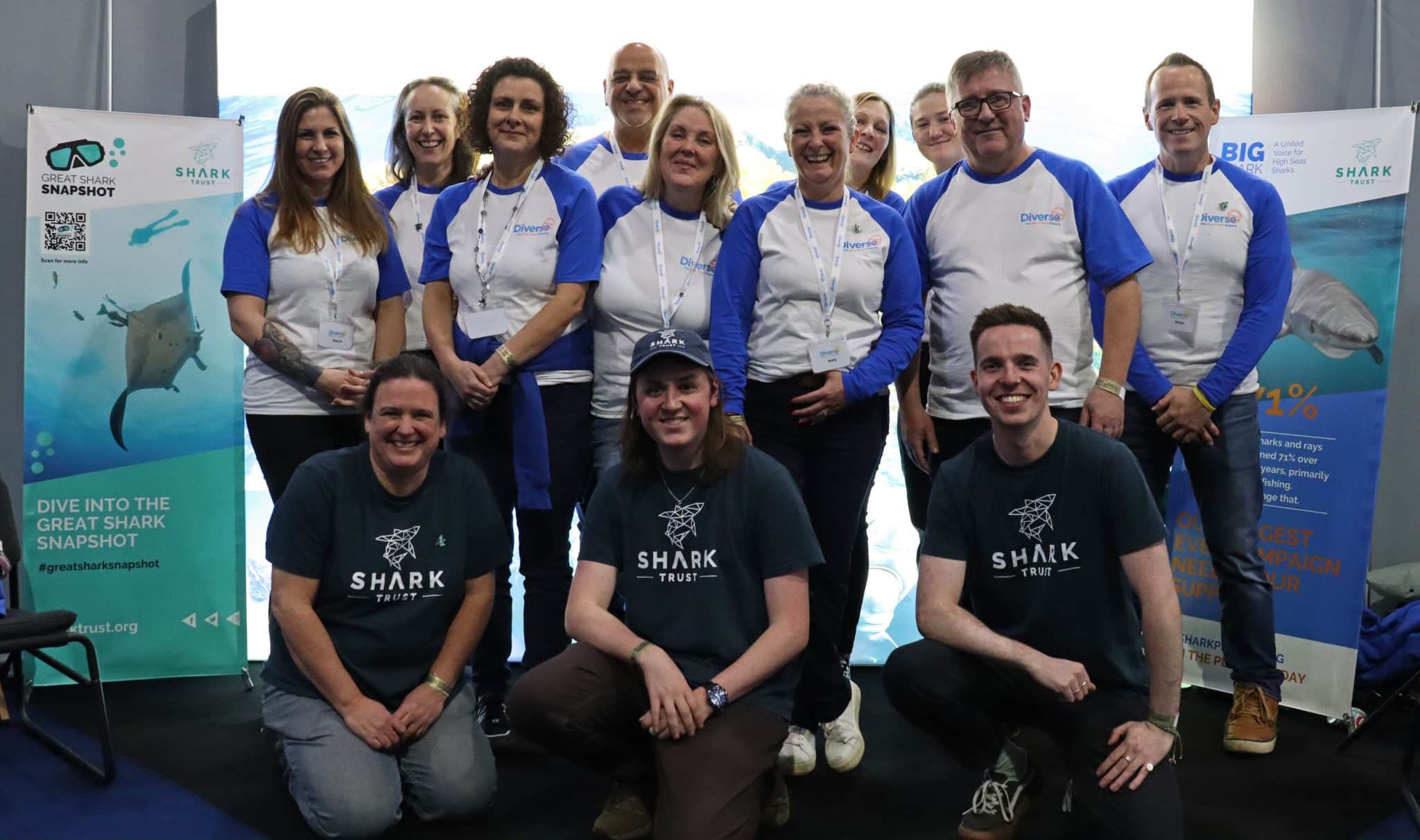
 Corporate Patrons provide a valuable boost to the work of The Shark Trust. The Trust team works globally to safeguard the future of sharks, and their close cousins, the skates and rays, engaging with a global network of scientists, policymakers, conservation professionals, businesses and supporters to further shark conservation.
Corporate Patrons provide a valuable boost to the work of The Shark Trust. The Trust team works globally to safeguard the future of sharks, and their close cousins, the skates and rays, engaging with a global network of scientists, policymakers, conservation professionals, businesses and supporters to further shark conservation.
Specialist tour operator Diverse Travel has operated since 2014 and is committed to offering its guests high quality, sustainable scuba diving holidays worldwide. Working together with the Shark Trust will enable both organisations to widen engagement and encourage divers and snorkellers to actively get involved in shark conservation.
“Sharks are truly at the heart of every diver and at Diverse Travel, we absolutely share that passion. There is nothing like seeing a shark in the wild – it’s a moment that stays with you forever!” says Holly Bredin, Sales & Marketing Manager, Diverse Travel.
“We’re delighted to celebrate our 10th year of business by becoming a Corporate Patron of the Shark Trust. This is an exciting partnership for Diverse and our guests. We will be donating on behalf of every person who books a holiday with us to contribute towards their vital shark conservation initiatives around the world. We will also be working together with the Trust to inspire divers, snorkellers and other travellers to take an active role – at home and abroad – in citizen science projects and other activities.”
Paul Cox, CEO of The Shark Trust, said:
“It’s an exciting partnership and we’re thrilled to be working with Diverse Travel to enable more divers and travellers to get involved with sharks and shark conservation. Sharks face considerable conservation challenges but, through collaboration and collective action, we can secure a brighter future for sharks and their ocean home. This new partnership takes us one more valuable step towards that goal.”
For more information about the Shark Trust visit their website here.
For more about Diverse Travel click here.
Marine Life & Conservation
Shark Trust Asks Divers to help with Shark Sightings this Global Citizen Science Month
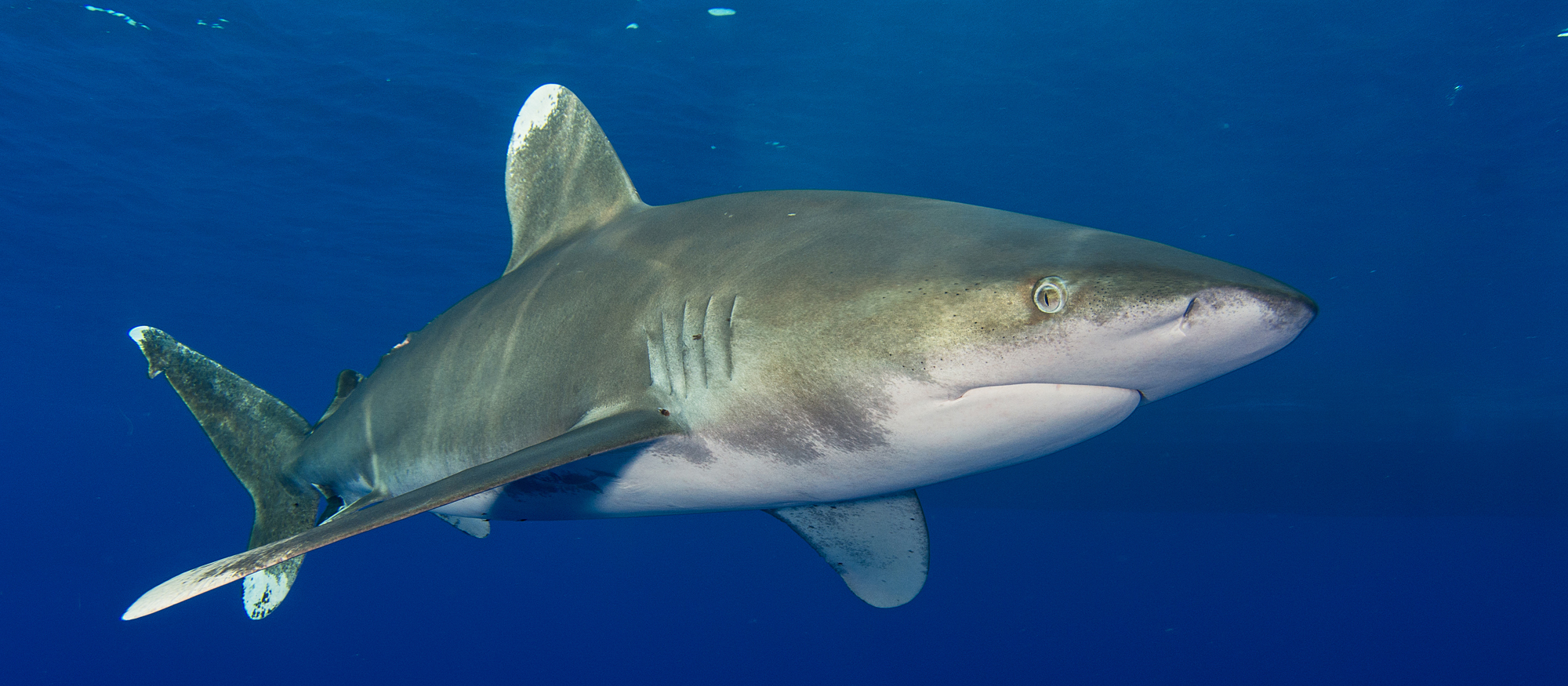
 Whether you are stuck for ideas of what to do with the kids or are off on the dive trip of your dreams. You can get involved in Citizen Science Month and help the Shark Trust by providing vital data about sharks are rays both close to home and further afield.
Whether you are stuck for ideas of what to do with the kids or are off on the dive trip of your dreams. You can get involved in Citizen Science Month and help the Shark Trust by providing vital data about sharks are rays both close to home and further afield.
In addition to reporting the sharks and rays you see on your dives, the eggcases you find on the beach, the Shark Trust is looking for some specific data from divers who are asked to report any Oceanic Whitetip and Basking Sharks.
Oceanic Whitetip Sharks
The Shark Trust are looking specifically for Oceanic Whitetip Shark sightings over the coming weeks and months. So, if you are diving anywhere in the world, please report your sightings via the website or app.
Website: https://recording.sharktrust.org/
App: Search The Shark Trust in your app store
The Oceanic Whitetip. Known for their incredibly long dorsal and pectoral fins, this species was once the most abundant oceanic-pelagic species of shark on the planet.
Large and stocky, they are grey or brown above, and white below and famous for their huge rounded first dorsal fin and paddle-like pectoral fins. The fins also highly prized within the shark fin trade. Whilst they are mostly solitary, Oceanic Whitetips do occasionally hunt in groups.
An inquisitive species, they were easy prey for fisheries. Combined with their low reproductive rate, they were inevitably at high risk of population depletion. And declines of up to 99% have been reported in certain sea areas. They are listed as Critically Endangered on the IUCN Redlist (2019).
Conservation efforts to discourage further declines include listing on CITES Appendix II and CMS Appendix I. They’re also the only species prohibited from take by all the Tuna RFMOs (Regional Fisheries Management Organisations). However, these measures do not mean that Oceanic Whitetips are not still caught – whether targeted or as bycatch – in some parts of the world. With populations declining at such a high rate, effective implementation of management measures is essential to ensure that the species can recover.
If you are lucky enough to get an image of an Oceanic Whitetip and you record your sighting on the Shark Trust app or website YOU CAN WIN! All images submitted with sightings, that also give consent to use in conservation messaging, will be in with a chance to win an Oceanic Whitetip T-shirt and mug. The competition will run until the end of “Shark Month” in July – so keep those sightings (and images) coming in.
Basking Sharks
Basking Shark (Cetorhinus maximus) season is upon us, and the Shark Trust is asking everyone to keep an eye out for these majestic giants over the summer months. If you see any, you can record your sighting to the Basking Shark Sightings database.
Each year, these mighty fish return to British waters to feed on plankton. You may see one, (or a few if you’re really lucky) from around April-October. They can be seen feeding at the surface of the water, where they look like they’re basking in the sun. Thus, their name!
Sighting hotspots around the British Isles include southwest England, Isle of Man, north coast of Ireland, and western Scotland. The Sea of the Hebrides is the most prolific sightings area in Scotland, but they have been spotted all around the coast and have even ventured into some of the sea lochs. The Shark Trust has received thousands of sightings since the Basking Shark project began, but more data is needed to truly understand what is going on with population numbers and distribution. You can help by recording your sightings this summer.
Great Eggcase Hunt
The Shark Trust has an Easter Egg Hunt with a difference for you to try. Take part in the Great Eggcase Hunt and get involved with a big citizen science project that helps shark, ray and skate conservation. And it’s an enjoyable activity for all the family.
The Shark Trust also want snorkellers and divers to record their underwater eggcase findings. Underwater records help pinpoint exactly where sharks and skates are laying their eggs and can help link to beach records. Learning the depth and substrate that they lay on also helps better understand the species.
Find out more: https://www.sharktrust.org/great-eggcase-hunt
Whether you are diving, snorkelling or exploring on the beach you can take part in Citizen Science Month and get actively involved in shark and ray conservation. Find out more: www.sharktrust.org
-

 News2 months ago
News2 months agoHone your underwater photography skills with Alphamarine Photography at Red Sea Diving Safari in March
-

 News2 months ago
News2 months agoCapturing Critters in Lembeh Underwater Photography Workshop 2024: Event Roundup
-

 Marine Life & Conservation Blogs2 months ago
Marine Life & Conservation Blogs2 months agoCreature Feature: Swell Sharks
-

 Blogs1 month ago
Blogs1 month agoMurex Resorts: Passport to Paradise!
-
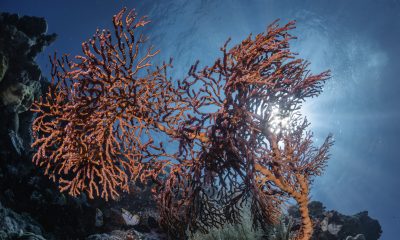
 News3 months ago
News3 months agoDive into Adventure with Photo Pro Paul Duxfield in North Sulawesi this October
-

 Gear News3 months ago
Gear News3 months agoBare X-Mission Drysuit: Ideal for Both Technical and Recreational Divers
-

 Gear Reviews2 months ago
Gear Reviews2 months agoGear Review: Oceanic+ Dive Housing for iPhone
-

 Blogs2 months ago
Blogs2 months agoDiver Discovering Whale Skeletons Beneath Ice Judged World’s Best Underwater Photograph


